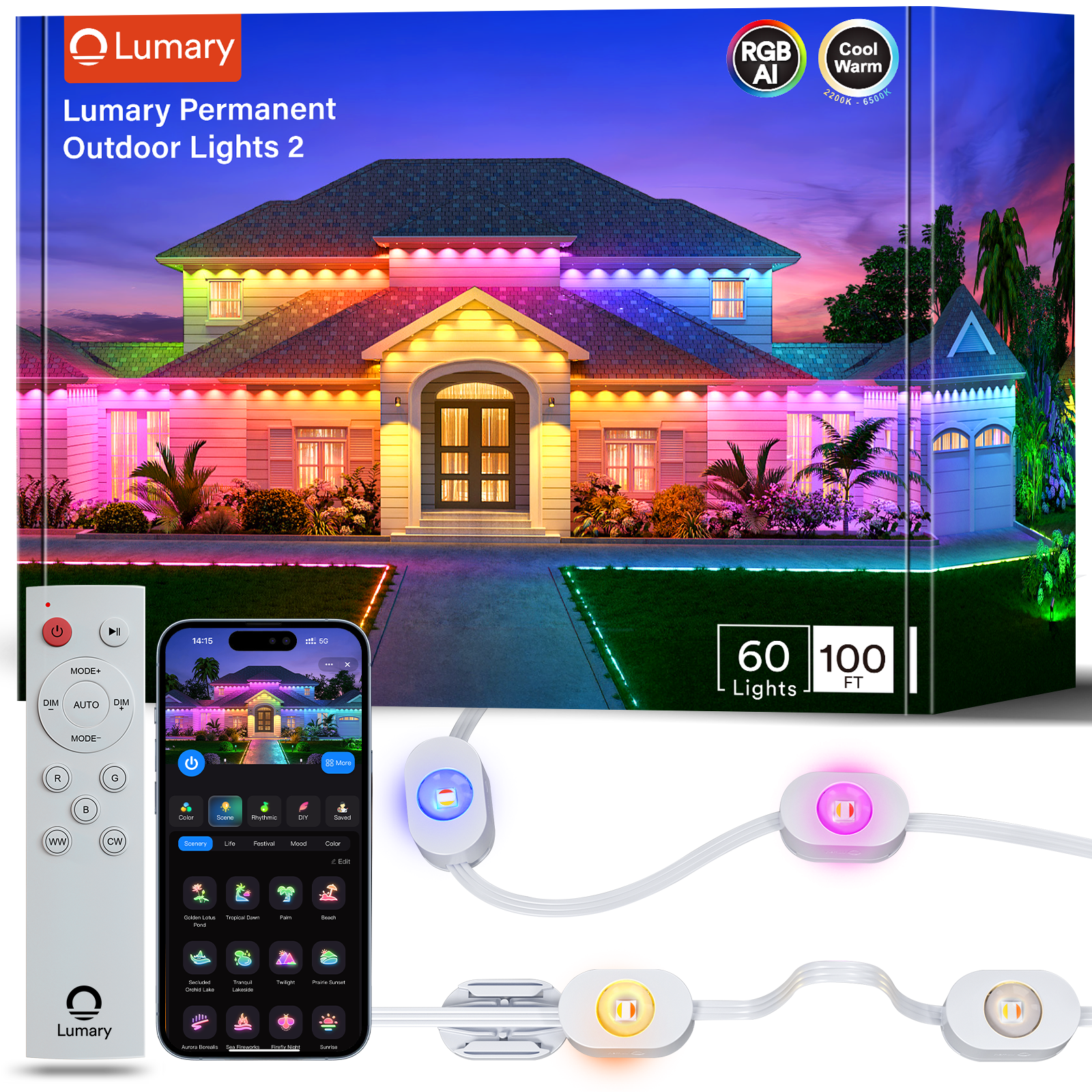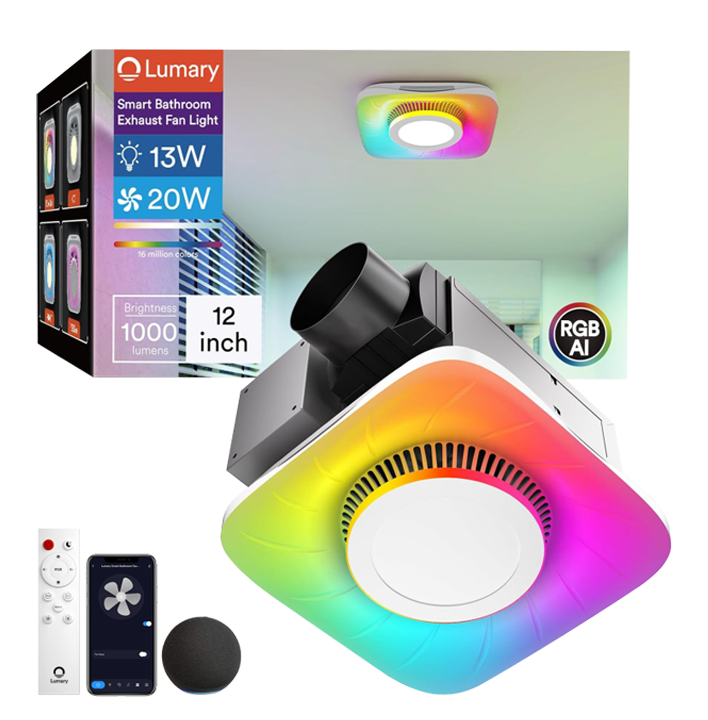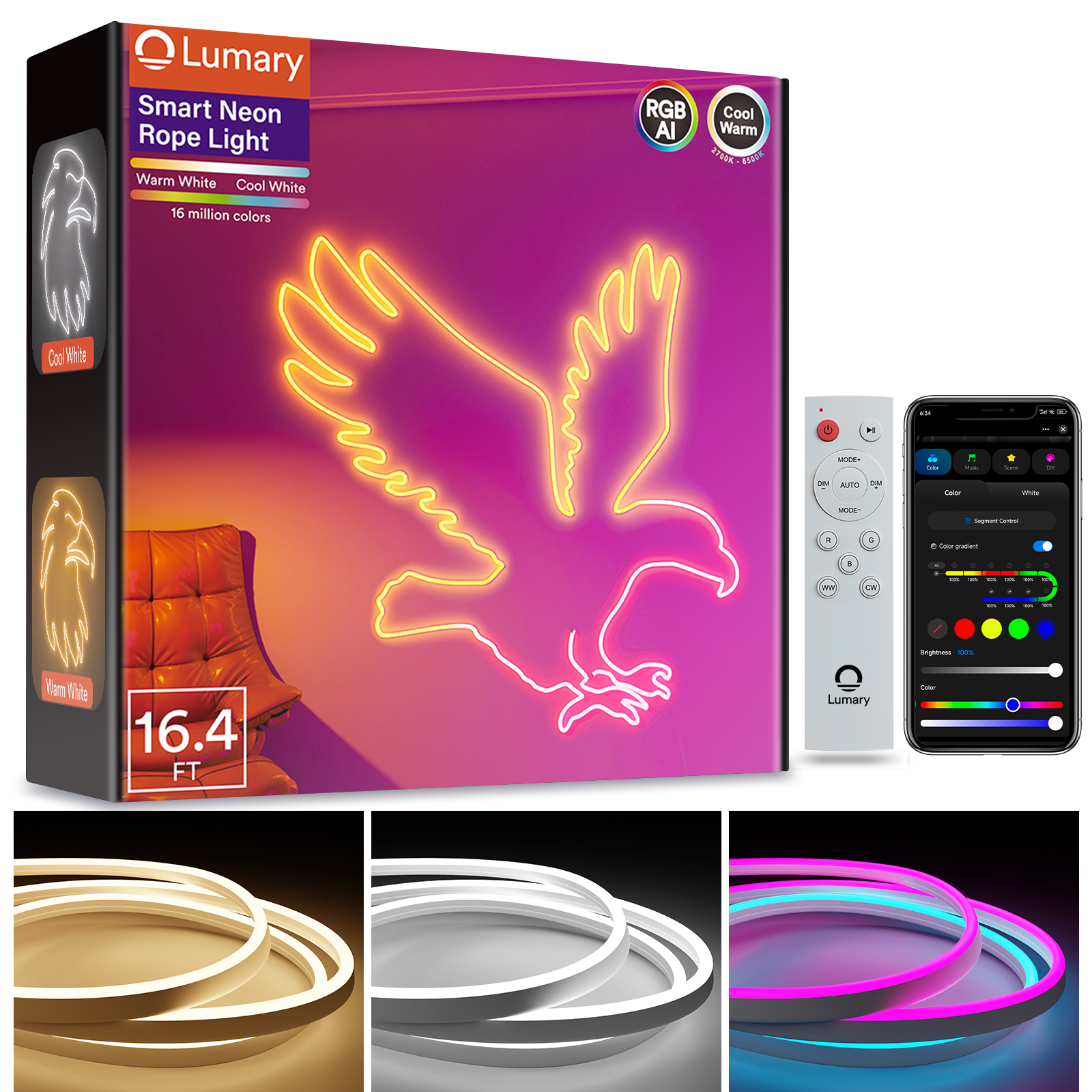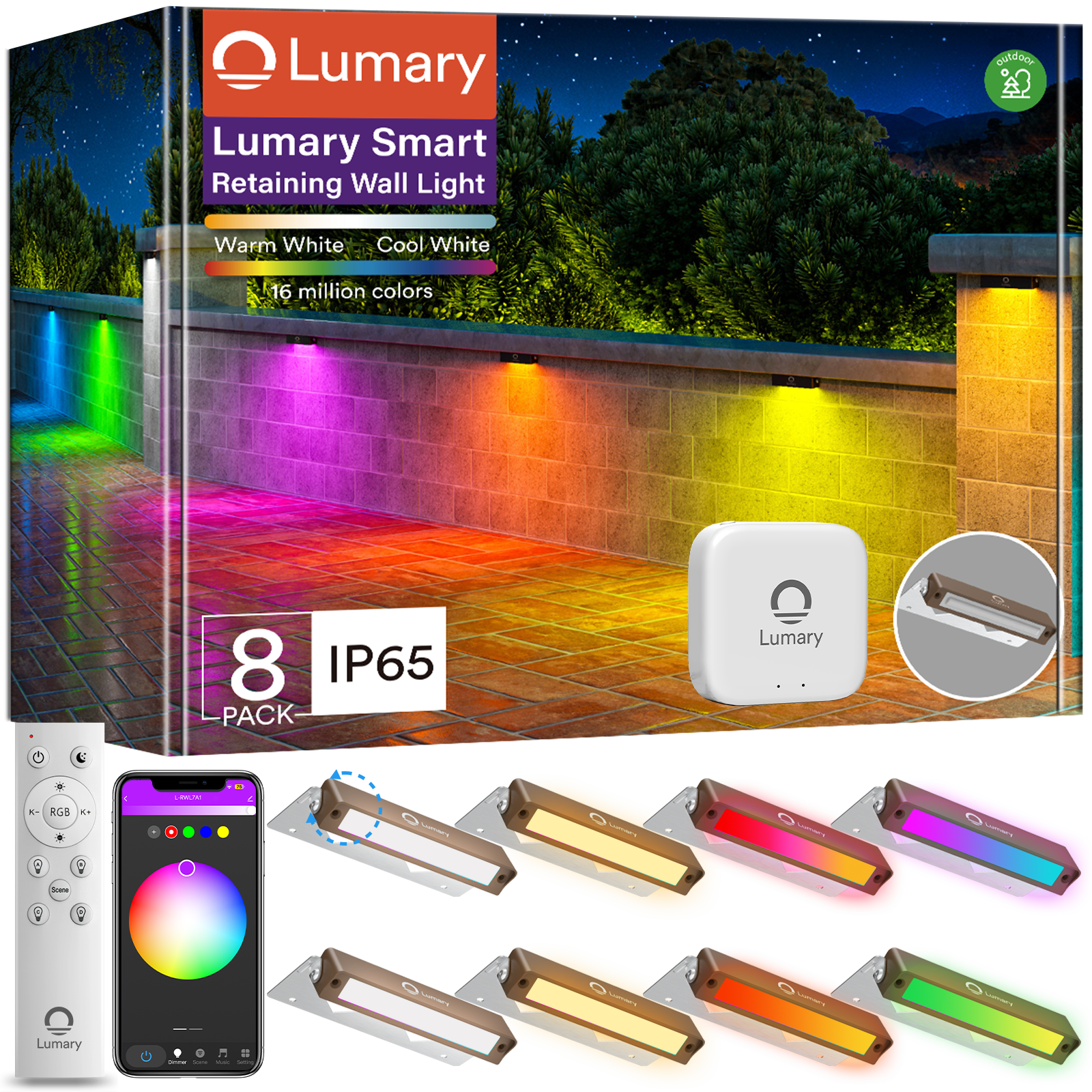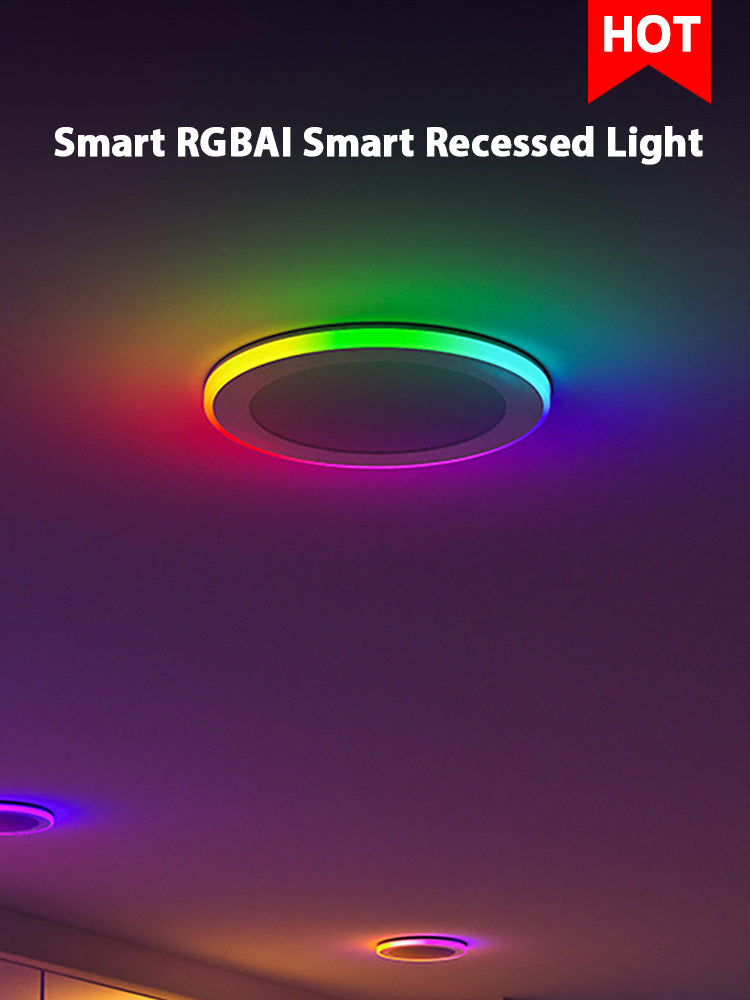Setting up a water timer for your garden is simple. A good irrigation timer lets you water your garden by itself. This gives you more free time. Your plants will stay healthy. Studies show automatic garden irrigation can save up to 50% water. This is better than watering by hand. You also help your garden grow stronger roots. You use less water too. Most water timers fit standard hoses. They work with any garden irrigation system. You can pick a simple manual timer or a fully automatic system. Watering your garden will be easier and less stressful.

What You Need
Tools and Parts
Get all your tools and parts before you start. You do not need a lot for this diy project. Most people can set up a diy irrigation system with just a few things. Here is what you should have ready:
-
Soaker hoses or regular garden hoses to move water
-
Connectors, like 3-way and single adapters, to join hoses
-
Faucet or hose adapters to attach to your outdoor faucet
-
End caps to close off the ends of hoses
-
Wire hook stakes to keep hoses flat in your garden beds
-
Scissors to cut hoses to the right size
-
A water timer to control when your watering system turns on and off
If you want a more advanced garden irrigation system, you may need valves for different zones. You might also need backflow preventers to keep your drinking water safe. Filters or pressure regulators are good for drip irrigation. Many kits have everything you need for a diy garden irrigation system. This makes it even easier to install.
💡 Tip: Take off your timer before winter so it does not freeze. Change the batteries at the start of each season to keep your system working well.
Choosing a Water Timer
The right water timer can help your garden a lot. You can pick a simple mechanical timer or a more advanced automatic garden irrigation system. Mechanical timers are easy to use and do not need batteries. You just turn the dial and you are done. Automatic timers let you set watering times, how long to water, and can control more than one zone. Some timers connect to your phone so you can use them from far away. They can also change watering if it rains.
Think about how many places you want to water. If you have a big garden or many beds, get a timer that works with more than one zone. Make sure your timer is easy to put in and works with your garden irrigation system. Some timers have extra things like rain delay, manual watering, or soil moisture sensors. These help you save water and keep your plants healthy. Always check that your timer fits your hose and is easy to use. With the right timer, your watering system will work well and your garden will grow strong.

Installation Steps
Install Water Timer
You can install a water timer in just a few steps. Start by making sure your outdoor faucet is turned off. This helps prevent leaks and keeps your hands dry. Next, screw the timer onto the faucet inlet. Turn it by hand and stop when it feels snug. Do not overtighten, or you might damage the threads.
If you want to use a garden hose at the same time, add a Y splitter to the faucet. Connect the hose to one side and the timer to the other. This setup lets you use both without removing the timer.
Most automatic timers need batteries. Open the battery compartment and insert fresh batteries. Make sure you follow the plus and minus signs. Close the compartment tightly to keep water out. If you have a manual timer, you can skip this step.
Here’s a simple step-by-step list to help you:
-
Turn off the outdoor faucet.
-
Screw the timer onto the faucet by hand.
-
Add a Y splitter if you want to use a hose and timer together.
-
Insert batteries if your timer is automatic.
-
Make sure all connections feel tight.
-
Turn on the water supply and check for leaks.
You just finished the main part of the installation. Now you are ready to connect the rest of your garden irrigation system.
💡 Tip: Always check for leaks after you install the timer. A small drip can waste a lot of water over time.
Backflow Preventer
A backflow preventer keeps dirty water from flowing back into your home’s clean water supply. This device is very important for any garden irrigation system. When you install a watering system, you want to make sure water only flows one way—out to your plants.
Many cities require you to use a backflow preventer by law. These devices protect your family and neighbors from waterborne diseases and chemical contamination. The Environmental Protection Agency says that backflow prevention is key to keeping drinking water safe. Some places even ask for yearly testing by a certified professional.
You should always install the backflow preventer above ground. This makes it easy to check and keeps it safe from flooding. Place it right after the timer, before any hoses or irrigation tubing. Make sure it sits at least 12 inches above the highest sprinkler head. This helps the device work right and keeps your water safe.
-
Never install a backflow preventer underground. Flooding and cross-connections can cause big problems.
-
Use a strong, lockable enclosure if you want extra protection.
-
If you live in a cold area, drain and remove the device before winter.
🚨 Note: If your system uses anti-siphon valves, you still need a backflow preventer for full protection.
Hose and Sprinkler Connection
Now you can connect your hoses and sprinklers to finish your garden irrigation system. Attach a hose or irrigation tubing to the outlet of the backflow preventer. Use a tubing adapter if you need one. Make sure the connection feels snug so water does not leak.
If you use a drip system, you might want to add a pressure regulator. This keeps the water pressure steady and protects your drip lines. Screw the regulator onto the bottom of the timer or after the backflow preventer.
Lay out your hoses or tubing in your garden beds. Use wire stakes to keep them flat and in place. Attach sprinklers, soaker hoses, or drip emitters where your plants need water most. Put end caps on the ends of hoses to stop water from leaking out.
Turn on the water and watch your system work. Check each connection for leaks. Adjust the hoses or sprinklers if you see dry spots or puddles. You can now enjoy an automatic watering system that saves you time and helps your garden grow.
🌱 Tip: Test your system after you install it. Walk around your garden and make sure every plant gets enough water.
Programming and Setup
Setting up your irrigation timer is the fun part. You get to decide when and how your garden gets water. With a few simple steps, you can make sure your plants stay healthy and your watering system works just the way you want.
Set Time and Date
Start by setting the time and date on your irrigation timer. This step helps your system run on the right schedule. Most timers have a simple digital screen or a dial. Press the “Set” or “Clock” button. Use the arrows or dial to pick the current hour and minute. Then set the day or date if your timer asks for it.
If you use an automatic garden irrigation system, you might see extra options. Some programmable water timer models let you set the year or even adjust for daylight saving time. Always double-check your settings before you move on. A timer with the wrong time can water your garden at the wrong hour.
⏰ Tip: Set your timer to water early in the morning or late in the evening. This helps your plants soak up water before the sun gets too hot and reduces evaporation.
Watering Schedule
Now you can create your watering schedule. This is where you tell your system how often and how long to water. Most irrigation timer models let you pick the days of the week, start times, and how many minutes each session lasts.
Here’s a simple way to set up your watering schedule:
-
Choose the days you want to water. Many gardens do best with two or three days each week.
-
Pick a start time. Early morning works well for most plants.
-
Set the watering duration. Most lawns need about 15–30 minutes. Flower beds and vegetable gardens may need less or more, depending on the season.
-
Adjust the frequency as the weather changes. Hot, dry days may need more water. Rainy weeks need less.
Scientists have tested many ways to make watering more efficient. Some advanced systems use soil moisture sensors or weather data to decide when to water. These smart systems can save up to 90% more water by only watering when your plants need it. Even if you use a basic timer, you can still save water by checking your soil before each season and changing your schedule as needed.
|
Watering Method |
How It Works |
When to Use It |
|---|---|---|
|
Fixed Time Interval |
Water on set days and times each week |
Most home gardens |
|
Soil Moisture Trigger |
Water when soil gets dry (needs a sensor) |
Advanced or smart systems |
|
Evapotranspiration |
Water based on plant water loss (needs weather data) |
Large or high-tech gardens |
|
Growth Stage |
Water more during key plant growth times |
Vegetable or flower gardens |
Plant experts say you can use simple schedules for most gardens. If you want to get fancy, try a system that checks soil moisture or weather. These methods help you use less water and keep your plants happy.
🌦️ Tip: Change your watering schedule with the seasons. Plants need less water in cool months and more during hot, dry spells.
Multiple Zones
If your garden has different types of plants or areas with sun and shade, you can set up multiple zones. Each zone gets its own watering schedule. This helps you give each part of your garden just the right amount of water.
Multi-zone systems work by splitting your garden into sections. For example, you might have one zone for your lawn, one for flower beds, and one for vegetable patches. Each zone connects to the irrigation timer and runs at different times or for different lengths.
Here’s why using multiple zones makes your watering system better:
|
Aspect |
Why It Matters |
|---|---|
|
Water Savings |
Zones can cut water use by up to 50% by watering only where and when needed. |
|
Customization |
You can set different schedules for grass, flowers, and veggies. |
|
Technology |
Smart systems use sensors and apps to control each zone for best results. |
|
Water Delivery |
Drip irrigation in zones reduces evaporation and helps water reach roots. |
|
Maintenance |
Easy to check and fix each part of your system. |
|
Planning |
Group plants with similar needs for simple, efficient watering. |
|
Environmental |
Using zones helps save water and lowers your water bill. |
To set up zones, follow these steps:
-
Decide which parts of your garden need their own schedule.
-
Connect each zone to your irrigation timer. Some timers have two or more outlets for this.
-
Program each zone with its own start time and duration.
-
Test each zone to make sure water reaches all your plants.
💡 Tip: Walk around your garden after setting up zones. Check that each area gets enough water but not too much. Adjust your schedule if you see dry spots or puddles.
With a good watering schedule and the right zones, your automatic garden irrigation system will keep your plants healthy and save water. You can relax and enjoy your garden, knowing your watering system does the hard work for you.
Testing and Troubleshooting
Leak Check
You want your garden to get water where it counts, not waste it. After you set up your watering system, always check for leaks. Start by looking for puddles, soggy spots, or extra green patches in your garden. These can show you where water escapes. Listen for hissing sounds from emitters or hoses. Sometimes, leaks hide underground. If you see wilting or yellowing plants, that can also mean trouble.
Here are some easy ways to spot leaks:
-
Watch your water bill. If it jumps up, you might have a leak.
-
Turn off all water in your home. Check your water meter. If the dial moves, water is leaking somewhere.
-
Walk around your garden. Look for standing water or wet spots on patios.
-
Check all valves and connections. Make sure they feel dry and tight.
-
Dig near drip lines if you see pooling water.
💧 Tip: Turn off the water supply before you inspect your system. This keeps things safe and dry.
Timer Operation
Your watering timer is the brain of your garden system. You want to make sure it works right. For automatic timers, check the display and settings. Set the current time and date. Test the manual start button. Watch if the system turns on and off as planned. If you use a manual timer, turn the dial and see if water flows and stops at the right time.
Sometimes, timers lose power or reset after a battery change. Always double-check your watering schedule after you swap batteries. If your garden does not get water, check if the timer is in “off” mode or if the batteries are dead.
Common Issues
Many people run into the same problems with garden watering systems. The most common issues are timers set to run too often or for too long. This can waste water and hurt your plants. In fact, surveys show that over half of homes have timers set to water too much. You can fix this by reprogramming your timer. Try watering two or three times a week, not every day.
Here’s a quick look at common timer problems:
|
Problem |
How Often It Happens |
|---|---|
|
Timer runs too often |
53.5% of homes |
|
Timer runs too long |
51.9% of homes |
Other issues include blocked sprinklers, mixed sprinkler types, or watering both grass and flower beds in the same zone. You can solve these by checking your system often and making small changes. Smart timers that adjust for weather can help you avoid these mistakes.
🛠️ Note: If you keep having trouble, ask a pro to check your garden system. They can find leaks or timer problems you might miss.
You now know how to put in a diy garden irrigation system. To keep your garden healthy, look at your watering schedule when the seasons change. Doing regular checks is important. Here are some easy tips:
-
Test the soil to see if it needs water before you start.
-
Look at your garden irrigation system for leaks or blocked spots.
-
Change your diy system for different plants and weather.
A water timer gives you more free time and helps your garden grow well all year.

